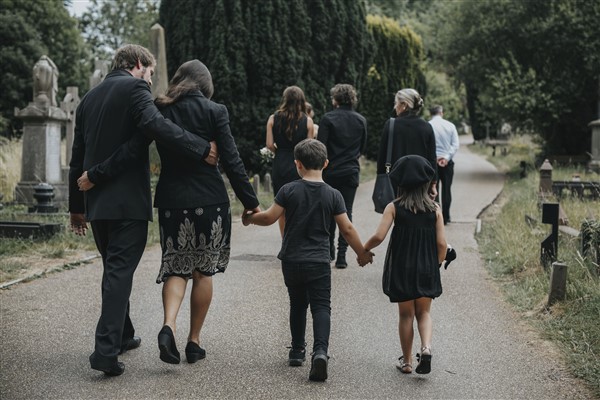Loss of friends, family, and loved ones
I don’t have to tell anyone who has ever lost a friend or loved one to suicide how hard it is to recover from such a sudden and tragic loss. While the person who died is no longer suffering, those left behind endure immeasurable pain. Riding that roller coaster of emotion is different for everyone, a bewildering fusion of grief, guilt, and loss. Those feelings eventually settle into a dull ache for most survivors, but they never really go away. It can help to know that you are not alone.
Survivors of suicide loss have to discover their own roads to recovery. Being part of a community of people who have been there before provides a support system to lean into. In today’s cyber connected world, groups are not hard to find. Knowing which one is most helpful might take trial and error, but you’ll know when you find the right fit.
The International Survivors of Suicide Loss Day, with events promoted by the American Foundation for Suicide Prevention (AFSP), can be a worthwhile starting place. Always held on the Saturday before Thanksgiving, this year they take place on November 21st. Participants will find comfort in being part of an event where survivors of suicide loss come together to find connection, understanding and hope through their shared experience. Although this year’s events will be mostly virtual, they are held in communities, towns, and cities all over the U.S. and the world.
Of the many resources survivors discover, one of the most powerful is learning about the spiritual side of death. Whether through religious faith or the metaphysical, the knowledge that a loved one is still present is a comforting part of healing from loss.
Places of worship are likely to be familiar to survivors, but those searching for less tangible support will find that a reliable medium can help build connections to loved ones on the other side.
A documentary film about how families have found their paths to recovery from suicide loss with the help of an intuitive medium is in the works. Through a Parent’s Tears is sponsoring an event showcasing the documentary, scheduled on International Survivors of Suicide Day, November 21st.
Loss of children, teens, friends, and family
For school communities, postvention and recovery from suicide loss are different. It’s not just one person or family who is affected, but the community as a whole.
School leaders need to understand postvention - the opposite of prevention. It’s what they should do in the aftermath of a suicide.
Too often, the search for information about how to prevent youth suicide happens only after a young person’s unexpected death. Conflicting feelings of blame, guilt, anger, regret, sorrow, and confusion dull our senses, making it difficult to make rational decisions.
Tragedy, by its very nature, always catches us off guard. The suicide of a student causes a ripple effect, impacting others far beyond the immediate family. Grief creates an atmosphere of emotional turmoil. Because the death is unexpected, shock makes it hard to know how to react.
If there is any benefit to experiencing a suicide loss, it is that the school community will be more open to learning about suicide prevention. School leaders must be cautious in communicating the story to the staff, students, parents, and the public.
Regardless of the cause, all student deaths must be treated the same way. To avoid the risk of suicide contagion, current wisdom promotes sharing truthful information, helping students understand the death, and providing support to cope with it.
If your school has lost someone to suicide, After a Suicide: A Toolkit for Schools offers best practices and practical tools to help schools in the aftermath of a suicide.
If you work for a school or know someone who does, I wrote a book that every school should have a copy of. Take a look:
 A
Culture of Caring: A Suicide Prevention Guide for Schools (K-12) was
created as a resource for educators who want to know how to get started and
what steps to take to create a suicide prevention plan that will work for their
schools and districts. It is written from my perspective as a school principal
and survivor of suicide loss, not an expert in psychology or counseling. I hope
that any teacher, school counselor, psychologist, principal, or district
administrator can pick up this book, flip to a chapter, and easily find helpful
answers to the questions they are likely to have about what schools can do to
prevent suicide.
A
Culture of Caring: A Suicide Prevention Guide for Schools (K-12) was
created as a resource for educators who want to know how to get started and
what steps to take to create a suicide prevention plan that will work for their
schools and districts. It is written from my perspective as a school principal
and survivor of suicide loss, not an expert in psychology or counseling. I hope
that any teacher, school counselor, psychologist, principal, or district
administrator can pick up this book, flip to a chapter, and easily find helpful
answers to the questions they are likely to have about what schools can do to
prevent suicide.


